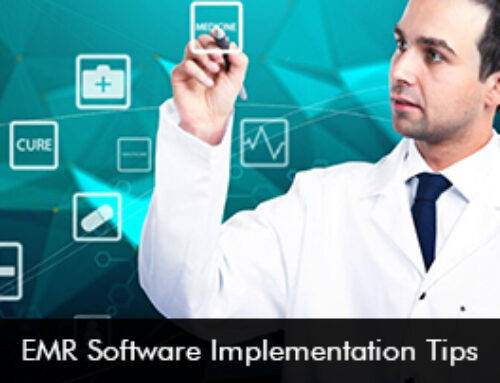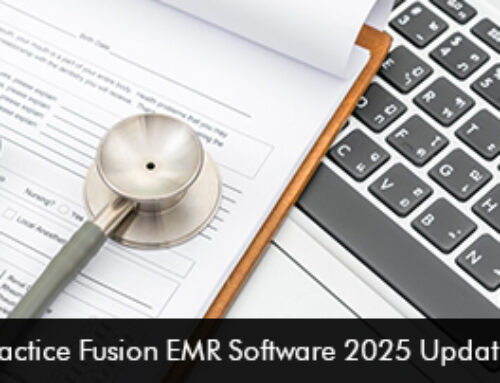Physician burnout exists in medical clinics of all types, irrespective of their sizes or specialties, although some practices take it more seriously than others and take active steps to control it. According to a recent research study, Orthopedic practices have the highest burnout rates with almost 50% of the staff complaining about work-related stress, depression, and frustration.
One of the main reason the Orthopedic staff and physicians have to go through all this hassle is that they are required to perform repetitive tasks and have monotonous work routines. Other than that, patient data handling and processing demands a lot of effort and leaves them stressed out. Add to that the number of patient cases they have to deal with on a daily basis, they are left with no time to relax.
The most important step in dealing with physician burnout is to make sure that your healthcare practice is making good use of the technological tools you have. You can leverage a focused solution such as an Orthopedics EMR Software. Making use of your EHR/EMR Software to its fullest will not only help you automate repetitive tasks but also handle all the implications of patient data itself. Here are a few ways you can incorporate technology in your everyday operations to reduce physician burnout and improve their performance.
Streamlined Documentation
Orthopedists need to spend as much time with their patients as they can and just like other physicians, they don’t want the formal documentation process take a second away. This can only be done through the use of Electronic Health Records (EHR) Software. Making sure that the EHR Software being used is Orthopedics—specific will improve the results even more.
Error-Free Data Collection
When an Electronic Medical Records (EMR) Software is used to computerize and automate most of the patient data collection tasks, the chance for error decreases. Human error is reduced to zero and all entries are made error-free. Physicians can be completely confident about the accuracy of the information and use it for charting. These charts can ease out the treatment process for the providers and reduce their burnout.
Automated Scheduling
Scheduling patients manually can be a whole task in itself since it involves a series of small tasks such as booking an appointment for the patients, checking it against the doctors’ schedules, updating calendars, and then sending appointment reminders. A Patient Scheduling EMR Software relating to orthopedics can be helpful in this case since it assists in every single step of the scheduling process and automates most of the tasks. An Appointment Reminder EMR Software then sends automated reminders to reduce patient no-shows.
Patient Self-Service Portals
A Patient Portal present in an Orthopedics EHR Software lets patients handle most of their tasks themselves. This relieves the practice staff for handling every small task for the patients. As a result, the staff gets relieved of even more repetitive work and the burnout decreases.







